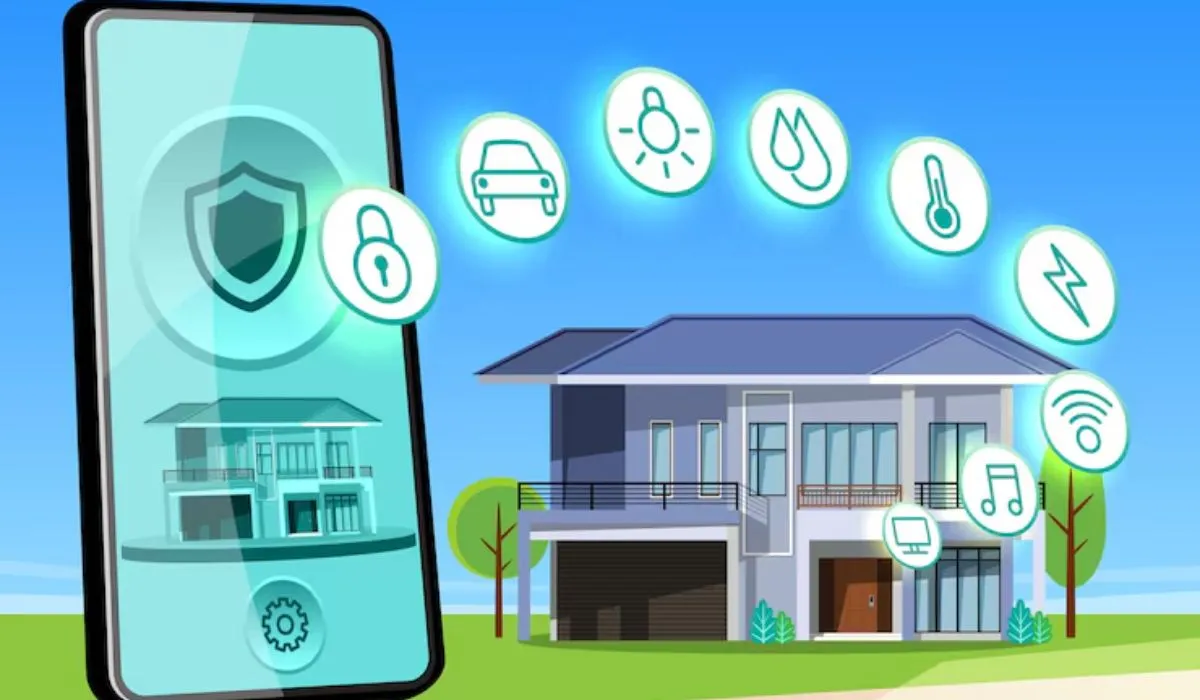Jharkhand is known for its mineral wealth and heritage. Is undergoing rapid urban transformation. In Ranchi, Dhanbad, and Jamshedpur, the state's law enforcement agencies face increasing demands. Traffic management, vehicle thefts, road accidents, and crimes are some of the issues.
To strengthen police capabilities AI & ANPR are growing as powerful tools. All over India, these technologies are already revolutionising. Police monitor traffic, identify vehicles involved in crimes, and respond faster through these technologies.
For Jharkhand, these innovations represent an opportunity to improve public safety & citizen trust.
Knowing about the ANPR & AI tools
Cameras and software are used in Automatic Number Plate Recognition (ANPR) to read license plates. These tools are optical character recognition algorithms that convert images into plate numbers. Which are then cross-checked against police data.
When used with AI, these systems become smarter and faster:
- AI algorithms detect plate numbers even when vehicles are at high speed.
- Systems can automatically generate e-challans for the people who violate the rules.
- Real-time alerts can help flag stolen vehicles.
- Pattern analysis helps identify offenders that keep repeating.
These tools are already transforming city policing. Across India, from Delhi and Pune to Chennai and Nagpur.
Success Stories from Across India
Delhi Police
Delhi Police has installed ANPR cameras at intersections. The control room is alerted when a stolen car enters the city. Officers track the vehicle using CCTV footage and catch the thief within hours.
Chennai
Chennai Traffic Police uses mobile catching vehicles that are equipped with ANPR cameras. These vehicles can detect violations on the move. No helmets, signal jumping or overspeeding, and issue e-challans instantly.
Nagpur and Pune
Nagpur’s smart traffic system is a combination of ANPR cameras and real-time alerts. In Pune, cameras cut repeat traffic offences to 1 per cent. Showing how tech can shape behaviour, not just punish.
Kerala
Under the “Safe Kerala” project, over 700 AI cameras track violations all over the state. It resulted in a dramatic drop in daily traffic violations. From over 4.5 lakh during pilot runs to under 2 lakh.
Why Jharkhand Needs AI and ANPR Now
The state's policing system is under-resourced. Road safety, urban crime, and vehicle theft remain continuing issues.
But the AI and ANPR can change the law:
A. Faster Vehicle Theft Recovery
ANPR systems at key checkpoints can instantly flag the stolen vehicles. As stolen vehicles often leave the districts quickly. In such a way the police will catch them before they disappear.
B. Road Discipline and Traffic Management
Urban centres face disordered traffic and increasing accidents. Instead of waiting for manual checks, violators can be identified and fined remotely. Freeing up police for other tasks.
C. Crime Mapping and Surveillance
AI systems can analyse traffic camera footage to track the movement of suspects. Also to identify stolen or duplicate number plates and detect unusual patterns.
These insights help police act not reactively but proactively.
Challenges
While the potential is high, Jharkhand must plan to overcome some key challenges:
1. Cost and Infrastructure
The costs of these cameras having ANPR and AI systems are costly. Each high-end camera setup may cost 3 to 5 lakh. The price of the command center infrastructure and connectivity are extra expenses. It also includes data storage and analysis tools.
2. Data Accuracy and Plate Quality
Dirt, damage, or fooling around can cause the number plate to be misread, as it differs in font, size, and clarity.
3. Privacy and Data Ethics
Unregulated checking can sometimes alter the situation, by violating the privacy of the citizens. They may worry about being watched continuously.
Jharkhand should adopt clear policies on:
- Data retention limits
- Access controls
- Purpose-based use, e.g., crime vs general tracking
Citizens must feel protected, not policed.
A 5-year plan for Jharkhand
Phase 1 (2025–2026): Pilot Implementation
- ANPR deployment at 10 key points in Ranchi, Dhanbad, and Jamshedpur.
- Command centre setup with live monitoring dashboard.
- Officer training at Jharkhand Raksha Shakti University.
Phase 2 (2026–2027): Smart Corridor Expansion
- AI cameras along NH-33 and major state highways.
- Mobile ANPR vans for rural patrolling.
- Integration with crime databases (e.g., CCTNS, Vahan).
Phase 3 (2027–2028): Community Integration
- Public portal for citizens to check and pay e-challans.
- Feedback loop to report system errors or wrongful penalties.
- Quarterly public reports on violation trends and safety data.
Phase 4 (2028–2030): Full-Scale Digital Policing
- Real-time analytics to predict crime trends.
- Integration with facial recognition for missing persons.
- Use of AI to optimise traffic signals based on congestion.
Opportunities for Local Innovation
Jharkhand has the chance to build a localised tech ecosystem around this transformation:
- Tech startups can develop region-specific AI models for local number plates and language scripts.
- College collaborations with engineering institutes for AI and surveillance R&D.
- Self-help organizations led by women are able to provide backend data tagging and annotation services.
This creates jobs beyond policing in tech, analytics, hardware maintenance, and public outreach.
Environmental and Social Benefits
Less Pollution, Better Urban Planning
When AI systems improve traffic flow, idling time at signals reduces, lowering emissions. Digital enforcement also discourages rash driving and over-speeding, reducing accidents and medical emergencies.
More Efficient Policing
Today, traffic police spend hours on manual enforcement. With smart cameras handling violations, officers can focus on:
- Road safety campaigns
- Emergency response
- Community policing
Realistic Outcomes by 2030
If implemented effectively, Jharkhand can achieve:
- More than 50 per cent drop in common traffic violations
- Faster arrests using real-time tracking of criminal movement
- Better coordination between districts via centralised dashboards
- Increasedpublic satisfaction with visible, fair policing
Conclusion
AI and ANPR are tools being used daily in many Indian cities and are no longer futuristic. For Jharkhand, which is building its cities and systems side by side. This is the perfect time to jump across into smart policing.
The state can create a model of technology, transparency, and training. with a defined goal, strong protections, and public confidence. Together, they create law enforcement that is responsive, inclusive, and safe. Let this be Jharkhand’s decade not just of growth, but of public safety.













